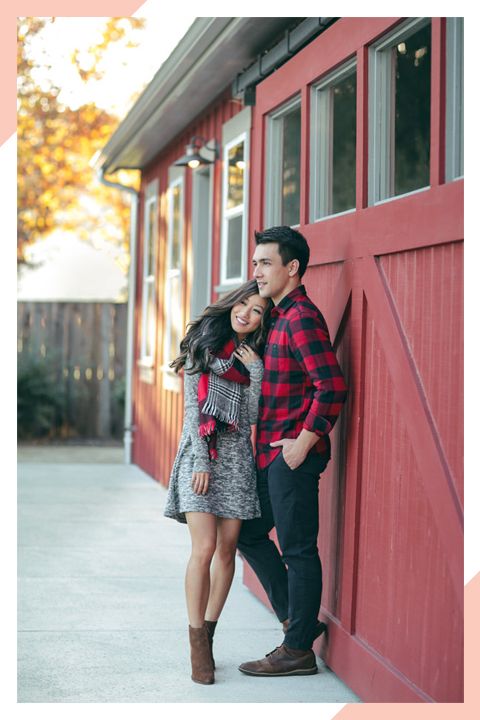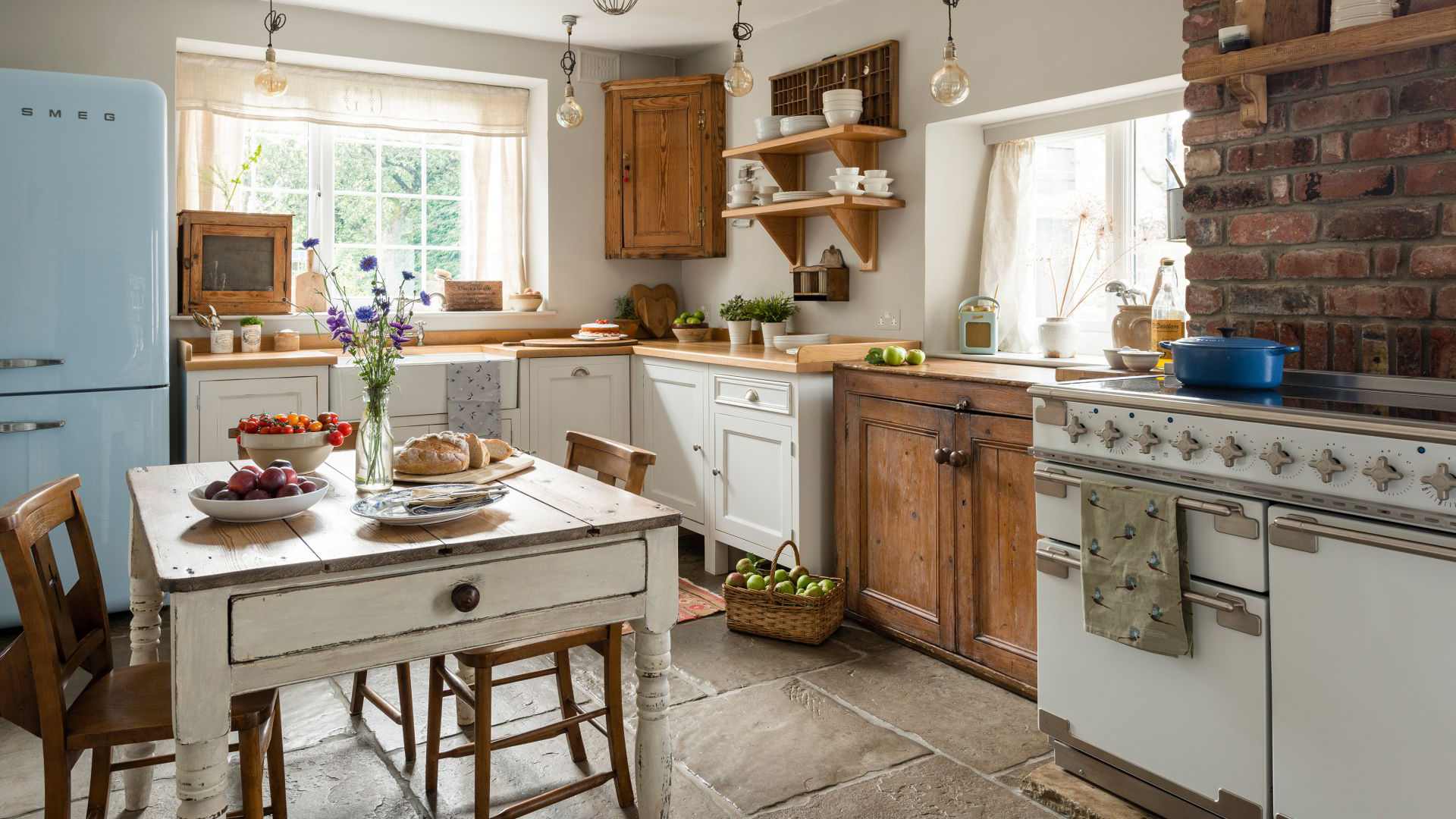
Dog training doesn't have to be as complicated as we often make it out to be! You don’t need hours of free time, an arsenal of tools, or a detailed training schedule to see progress with your dog. Instead, small, consistent actions are the key to steady, lasting results. If you’re feeling overwhelmed, don’t worry—these simple dog training habits can help you make real progress without burning out, both you and your dog.
Here’s the deal: dog training is often over-complicated because we feel like we need to be experts, or we think we have to dedicate massive chunks of time. But those are just myths! You don’t have to be a professional trainer, and you definitely don’t need hours of free time. Progress happens through small, consistent steps—and you can fit those into your daily routine without stress.
So, let’s talk about a few easy dog training habits that work—and how you can fit them into your busy life!
Turn Daily Routines Into Training Opportunities
Here’s a secret: a lot of our day is just built on routine. Studies suggest that 40-43% of our daily actions are habitual, which means you’ve got built-in chances to train your dog without even thinking about it!
For example, before you feed your dog, ask him to sit first. Or before you head out the door for a walk, get him to do a quick hand touch. These tiny moments don’t require extra time—just a little effort to turn routine actions into mini training sessions. The more you integrate training into your day, the easier it becomes.
Aim for Short, Frequent Sessions
I get it—time is tight. Who has an hour to dedicate to dog training? That’s why instead of one long session, aim for multiple short bursts of training throughout the day. I love using “pocket” moments, like when I'm tidying up in the kitchen or waiting for the kids to finish homework. For instance, as I’m making breakfast, I’ll work on a sit-stay with my dog. These mini sessions add up, and the best part is that they fit into the flow of your regular day.
Look for Reinforcement Opportunities
Training doesn’t only happen during designated “training times.” In fact, some of the best learning happens in everyday moments. Keep treats handy and reinforce good behavior when you catch it! Did your dog calmly greet the kids after school? Reward him. Did he ignore the neighbor’s cat instead of chasing it? Give him a treat. These small moments of reinforcement reinforce good habits and keep training low pressure and fun.
Take the Show on the Road (Optional)
If your dog is ready for it, get him out in public spaces. Whether it's a pet-friendly store or a quiet park, public outings are perfect for practicing polite greetings and managing excitement. Training outside the home adds extra challenges that make your dog even more adaptable in real-world situations. Of course, this isn’t always an option for every dog, and that’s okay!
Start Small (And Don’t Burn Out)
Here’s how to avoid the burnout trap: start with one habit and focus on that this week. Don’t try to change everything at once! Maybe you’ll decide to reinforce a “sit” cue every time your dog wanders over to your desk to say hi. That’s a tiny, manageable goal, and it’s already a step toward progress.
Celebrate your consistency, not perfection! Little wins go a long way in dog training, and by focusing on manageable habits, you’ll create a routine that’s sustainable and rewarding for both of you
Building a successful dog training routine doesn’t require hours of work or expert knowledge. With small, consistent actions—like integrating training into your daily routine, focusing on short sessions, and rewarding behavior as you go—you’ll see real progress without feeling overwhelmed.


















